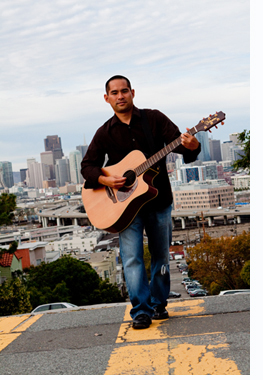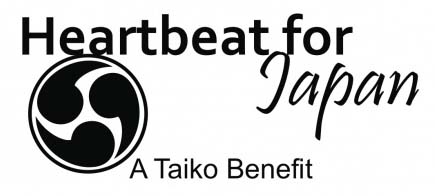 “Live My Life,” the lead track from the new album, “Close My Eyes” by Curt Yagi and The People Standing Behind Me (great band name) grabs me right away.
“Live My Life,” the lead track from the new album, “Close My Eyes” by Curt Yagi and The People Standing Behind Me (great band name) grabs me right away.
It reveals Yagi’s wide-ranging musical palette with dabs of color — Yagi’s funky acoustic guitar, then a drum flourish — before he splashes the canvas with bass and very cool horn section riffing, and then Yagi’s vocals and grungy electric guitar add a sonic signature that has me tapping my toes and nodding my head to the catchy melody.
The album (which is officially released on April 12 but is available for advance purchase online) is full of such sweet pop confections that take diverse musical elements and mashes them together into memorable hooks and melodies. “Sweep Me,” the second track starts with a ballad intro but kicks into an acoustic ska arrangement pushed along by that horn section.
Yagi, who’s a Yonsei, or fourth-generation Japanese American born and raised in the Bay Area, credits the reggae and ska influences to his love for the genres when he was in high school. He added alt-rock influences when he was in college. He became a musician relatively late in life — he started writing songs after his father died of a rare disease 10 years ago — and started singing at open mics.
He holds down a day job as executive director of a non-profit, Real Options for City Kids (ROCK) that serves at-risk children with enhanced public school and after-school programs. He started as a volunteer in 1998 and was also a board member before taking on his current role. So he’s an artist who already invests his heart and soul in his day-to-day life and is talented enough to also express it musically.
Yagi’s now 40 (he looks 25) and he and his band were voted “Best of the Bay” by the alt-weekly SF Bay Guardian, and they regularly play Bay Area venues. I wish I could see him live just to experience the intriguing mix of acoustic, electric and horns in person.
It’s tempting to pigeonhole Yagi’s music as steeped in R&B because of the horns, funky rhythms and his often soulful vocals, but after a few listens to the album, I’ve decided he’s a musical omnivore, who likes a lot of different sounds and is able to call on them all as elements to mix in like pigments a painter might use to get just the right shade, the right tone, the right light and shadow.
Continue reading





 The music is straight ahead jazz — the classic, swingy stuff with lots of space between instruments and a smoky, sultry voice caressing the lyrics. It’s jazz, the classic American artform. But the words… aren’t… English. The words to the lovely “
The music is straight ahead jazz — the classic, swingy stuff with lots of space between instruments and a smoky, sultry voice caressing the lyrics. It’s jazz, the classic American artform. But the words… aren’t… English. The words to the lovely “





